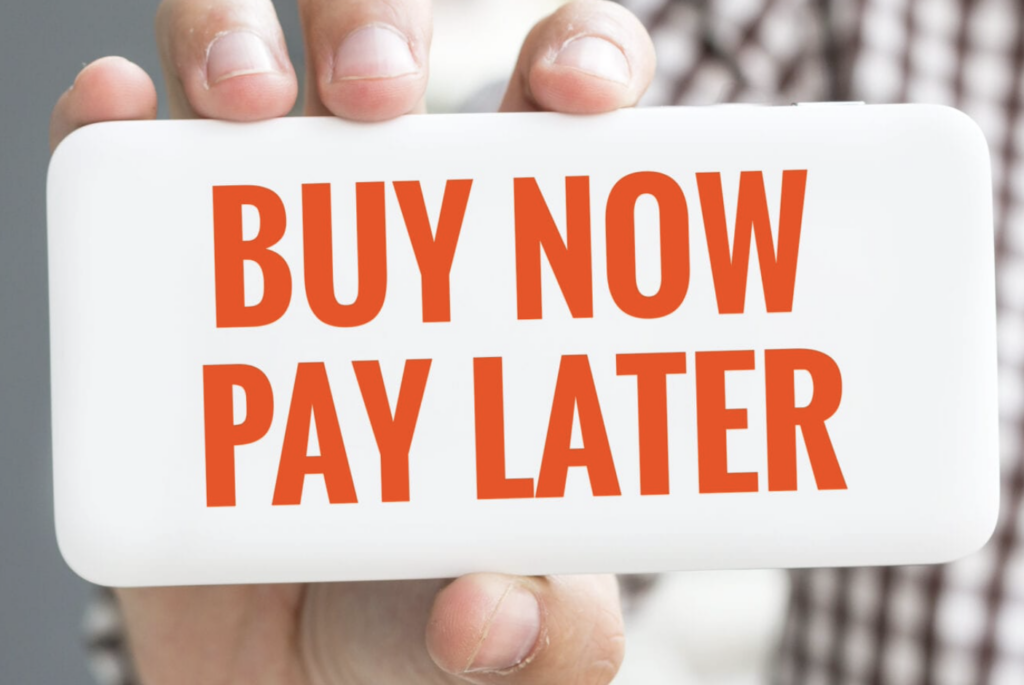The Big Problem With ‘Buy Now Pay Later’ Deals
Buy Now Pay Later can be a great tool for those looking to spread out the cost of a purchase, however, there is one major pitfall.

If you have shopped recently, you have most likely seen signs for companies like Affirm. It is one of a growing number of companies offering ‘buy now pay later’ services. Essentially they give you the option of purchasing what you need, even if you don’t currently have the funds. These services allow you to split the payment for the item into more manageable chunks. And it is great news to consumers in a tightening economic market. However, there could be one major problem.
Many proponents are thrilled to see companies like Affirm pop up as financing options. Buy now pay later companies provide an alternative to credit cards for those who don’t like to use them or have poor credit. And, unlike the traditional layaway system, you can take your purchase home immediately. No need to wait for your payments to finish first.
It all sounds great, right? Many consumers love the service. And choosing the buy now pay later option has grown increasingly popular. However, many skeptics are concerned the companies are targeting vulnerable, low-income consumers. Part of the reason is that these programs make spending beyond your means too easy.
These critics argue that the buy now pay later services lead to overspending, but the companies themselves strongly disagree. According to the CEO of Klarna, their default rate sits below 1%, which is well below the average in the credit card industry. So from the standpoint of these new companies, their service assists customers.
They even have data to back up these claims. Affirm’s internal numbers show that the on-time payment rate sits at about 95%, and at least 98% of the accounts have zero late fees. On top of that, once someone does miss a payment, their ability to make additional purchases using buy now pay later is revoked.
Despite all the built-in safety nets and help these companies offer customers, many argue there is still an inherent problem. Some claim that the buy now pay later services prey on the most vulnerable people encouraging them to spend above their means. When those who are tight on funds already add on additional monthly payments, they can find themselves underwater quickly.
Numerous surveys conducted in the US and UK appear to paint a different picture than that provided by the companies. Those opting for the buy now pay later option to make large (or even small) purchases can easily lose track of who they owe and how much the payments are. And those already struggling often find themselves borrowing from a different source to make the payments.
So, the cycle of debt does continue. It just takes a different form. And it may be more palatable to the average consumer. Many buy now pay later companies have publicly stated that they do little to no credit or background checks before approving the funding. Others do a ‘soft’ credit check rather than a ‘hard’ credit check. And some of them do not report to the major credit bureaus at all.
This minor interaction with credit bureaus is great news for many consumers who have poor credit, to begin with, or wish to escape that system as much as possible. However, government agencies are not so keen on the buy now pay later services. Part of the reason is that they fall slightly outside the traditional regulatory systems. So, therefore, don’t have as much oversight.
That is why, last December, the U.S. Consumer Financial Protection Bureau announced the news they were launching an investigation into the buy now pay later industry. They say they want to protect the consumer. And they join the ranks of critics who hope to ensure people can only receive lines of credit when they can truly afford it.











